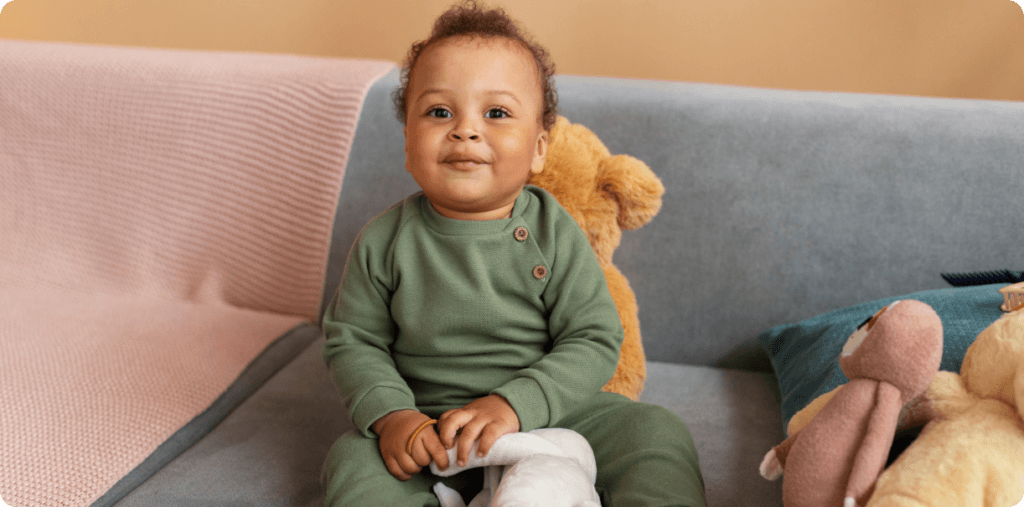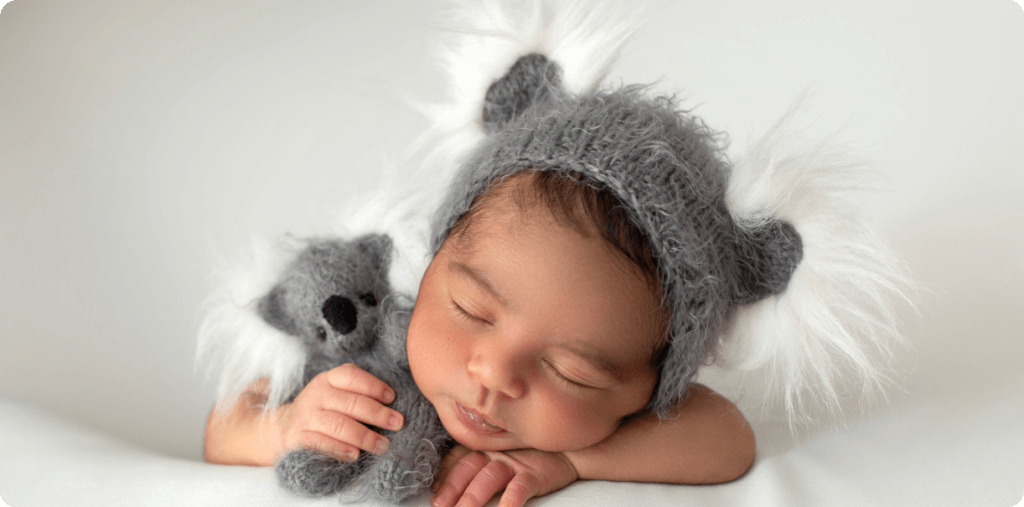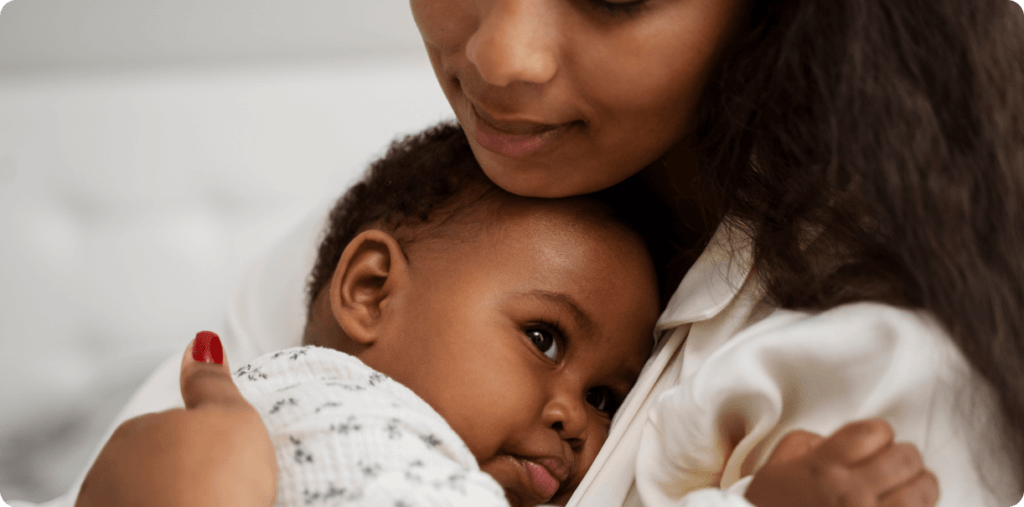
Teething is a baby milestone that parents wait for but also dread, because it can be a painful and cranky time for the baby and frustrating for the parents. When the signs of teething, like excessive drooling or a tendency to bite on anything and everything, become visible, parents feel a little helpless about how to soothe teething pain in babies. What helps soothe teething babies is to bite on something cool and put pressure on the gums. In this article, we talk about teething, why do babies need teethers, how to use teethers for babies, how to clean, sterilize and store baby teethers, and how long do babies use teethers.
At birth, babies have a set of teeth under their gums that start to erupt by 4-6 months of age. A tooth can take up to eight days to erupt and parents can watch out for a few common symptoms that can alert them to it. Babies tend to experience a loss of appetite, irritability, swollen or inflamed gums, drooling, biting on objects, or an urge to rub their ear on the side on which the tooth is erupting. This is when using a teether can help the baby stay calm and comforted.
Teethers are chew toys that are safe for babies to put in their mouths, to bite / chew on when they are teething. The light pressure exerted by the teether helps to soothe and comfort the gums. When parents look for how to teach babies to self soothe, teethers and pacifiers are the newborn baby products that are most sought after.
The cool feel of teethers help to soothe swollen gums when babies start teething. Teethers with water in them help to soothe the baby’s gums and provide them with relief from the soreness. When choosing a teether with liquid inside, ensure that the liquid is pure water that has been certified as clean and sterilized. Teethers also encourage movement of the tongue inside the baby’s mouth, increase their awareness of their mouth and facial muscles, and aid speech.
There are a lot of teethers in the market, made of plastic, silicone or wood, among others and they come in different shapes, textures and sizes. When choosing a teether for the baby, it is important to see if they are specifically made for teething. The material used is also important since it may contain toxic pigments. PIGEON Cooling Teethers are made up of the softest class silicone and have a soothing and physically stabilizing influence on the baby. They have been designed to make it easy for the baby to grasp and chew and have reduced effects on tooth alignment and development.
While teethers are supposed to go into the baby’s mouth, more often than not, it finds their way to the floor, in the car, or in the hands of siblings. Teethers gather dirt and grime and when these are placed in the baby’s mouth again, it can make him / her sick as the immune system of babies is still developing.
All teethers need to be cleaned thoroughly each time before they go into the baby’s mouth. They also need to be sterilized at least once in a day, especially if the baby is less than six months old. Teethers can be cleaned using warm water and a cleanser like PIGEON Liquid Cleanser. The PIGEON cleanser is made of 100% food-grade material that is completely safe for babies, is anti-bacterial, and leaves a clean residue.
Teethers can be sterilized by adding sterilizing tablets to lukewarm water. Since PIGEON teethers are water-filled, keeping them in the refrigerator will keep the teether cool which will help soothe the baby’s swollen gums. However, once taken out of the refrigerator, it will need to be sterilized again. PIGEON Sterilizing Tablets can be dissolved in cold water and used to sterilize teethers before giving them to the baby.
Babies start teething at around 4-6 months of age and teethers are generally introduced to them at that age. Most babies stop teething by 24 months of age, while some take up to 36 months. Teethers need not be used once the baby has finished teething.



